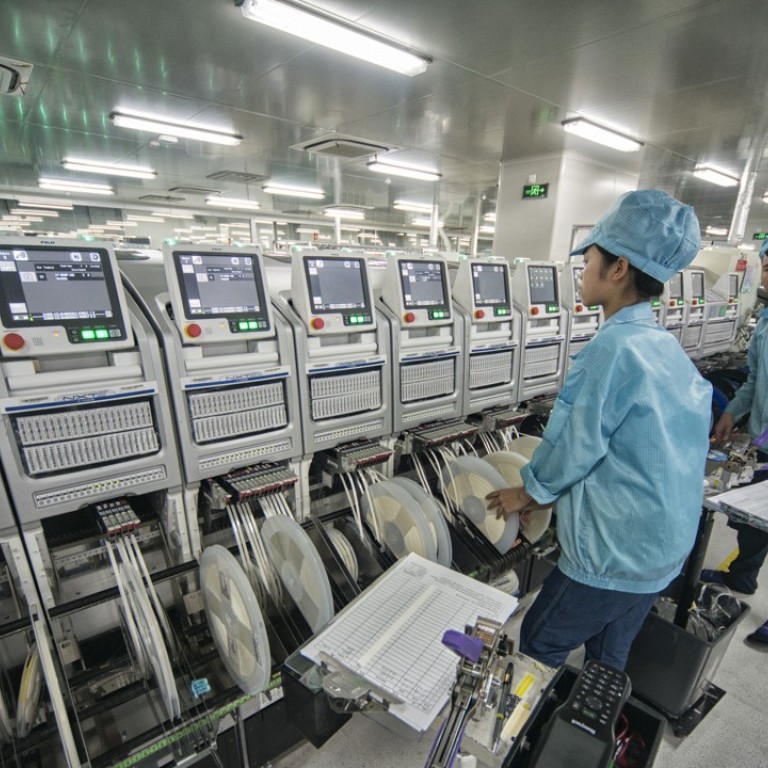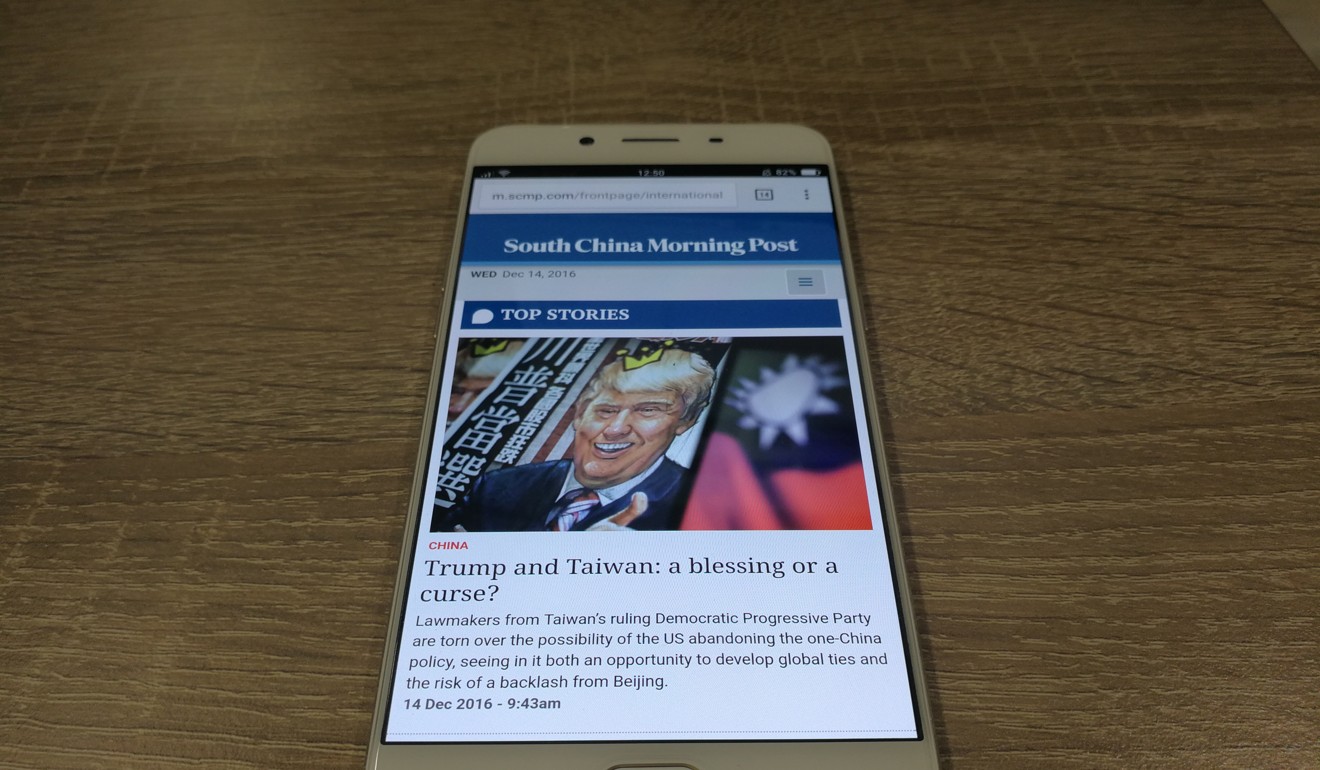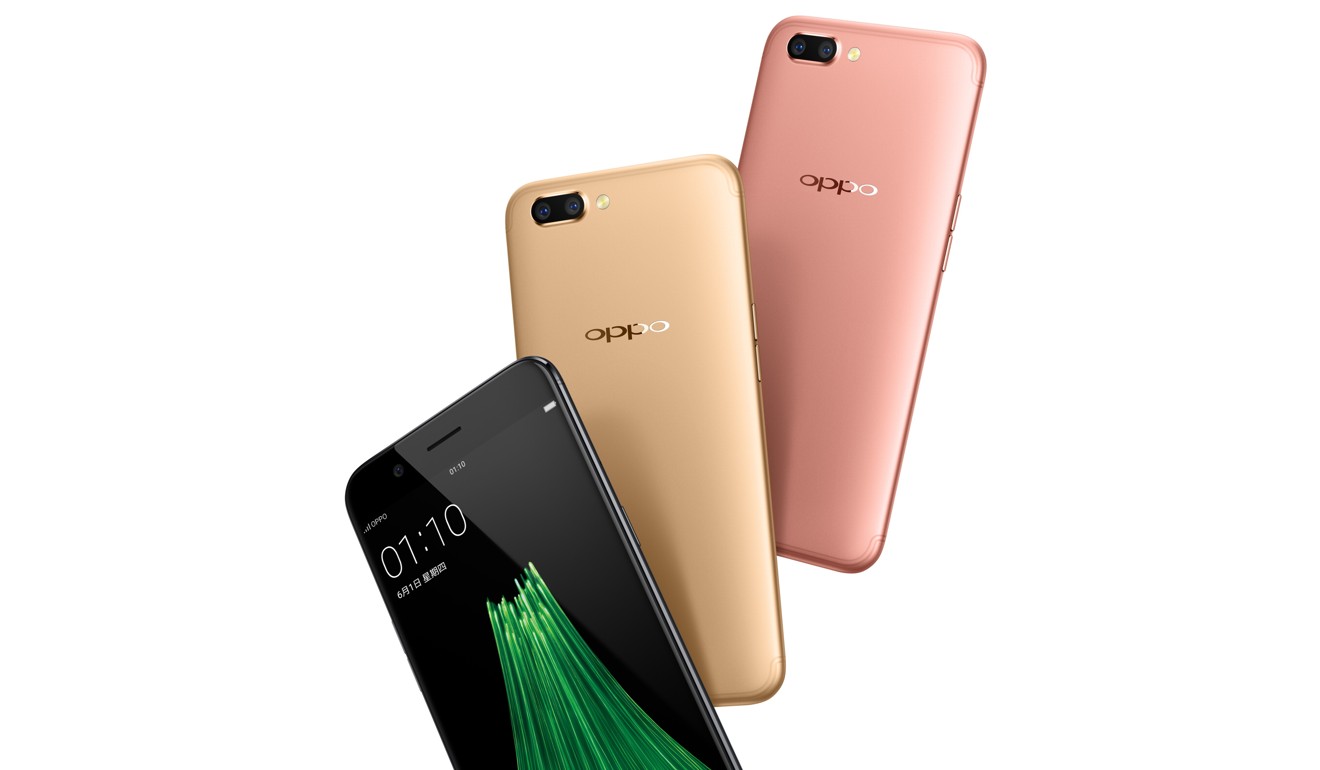
Oppo lifts the curtain on its latest Apple, Samsung killer -- its R11 smartphone series
Dongguang-headquartered Oppo has incorporated fast charging and a 20MP front camera into its R11 smartphone series in an effort to appeal to younger users
Chinese smartphone maker Oppo on Friday unveiled its latest flagship series, the Oppo R11 and R11 Plus, hoping to replicate the success of the devices’ wildly successful predecessor Oppo R9s, the world’s best-selling Android smartphone in the first quarter this year.
The 5.5-inch R11 comes equipped with a Snapdragon 660 processor, 4 GB of RAM and 64 GB of storage space. The screen boasts a 1080p display, and other features include a 20MP front camera, 20MP and 16 MP dual camera system, 3,000 mAh battery and a fingerprint sensor.
The R11 Plus is a larger version of the R11, boasting a 6-inch screen, 4,000 mAh battery and 6 GB of RAM.
“The greatest change I see is the camera for the R11. A 20MP front camera, and dual 20MP and 16MP camera is indeed quite powerful and will be the biggest driving factor for anyone to purchase the R11. This will be attractive to the young crowd that Oppo tends to attract,” said Tay Xiaohan, senior market analyst for research firm IDC’s Asia-Pacific Client Devices Group.
Oppo is known for its phone camera technology and fast-charging technology, which it claims can charge a phone to 75 per cent within half an hour. Oppo vice president Alen Wu previously said that Oppo chooses to focus on cameras and charging as customers consider these features to be the most important today.

“[The R11] will definitely be a popular model but there are other factors at play as to whether it can be as popular as the [previous models] R9 and R9s. It depends on whether there are enough pull factors to continue to drive replacement upgrades,” Tay added.
Oppo has yet to announce the pricing and availability details for its R11 series of smartphones, but the company is expected to reveal more details at an official launch on Saturday in Shenzhen.
In 2016, Oppo emerged as the market leader in its home market for the first time, shipping 78.4 million mobile phones in China and outpacing previous incumbent Huawei, according to research firm IDC.
However, in the first quarter of this year, Huawei pulled ahead of Oppo, with the latter shipping 25.6 million devices compared to Huawei’s 34.2 million, according to IDC.
Tay stated that it is still too early to tell whether the new R11 series would help Oppo pull ahead of Huawei once again, especially since shipments for both brands have been close for the past few quarters.

During the Mobile World Congress in Barcelona in February, Oppo unveiled its lossless 5X zoom camera technology, which it said could produce sharp photos even if the camera lens is fully zoomed in. However, its 5X zoom technology is not yet used in its R11 series.
Oppo’s rise in popularity in China has also seen it outrank previously popular brands such as Xiaomi, once the darling of China’s smartphone industry. The company, which is headquartered in Dongguang, Guangdong province, relies heavily on its offline network and retail points to sell its devices, and has since expanded outside of China to markets in Southeast Asia such as Vietnam and Indonesia.
Oppo is currently the fourth-largest smartphone vendor globally, with a 7.4 per cent market share, behind Samsung, Apple and Huawei, according to IDC’s data for the first quarter.
The Oppo R9s smartphone was also the first Chinese smartphone to be ranked among the top-five most popular models in the world, after Strategy Analytics named the device the best-selling Android phone globally in 2016.
Oppo, which was founded in 2001, is a subsidiary of privately held BBK Electronics, which also controls smartphone brands Vivo and OnePlus.

